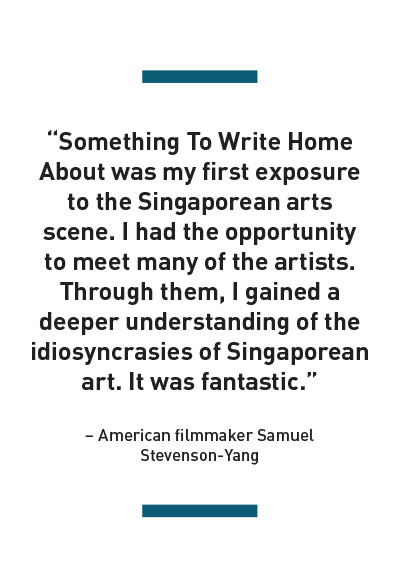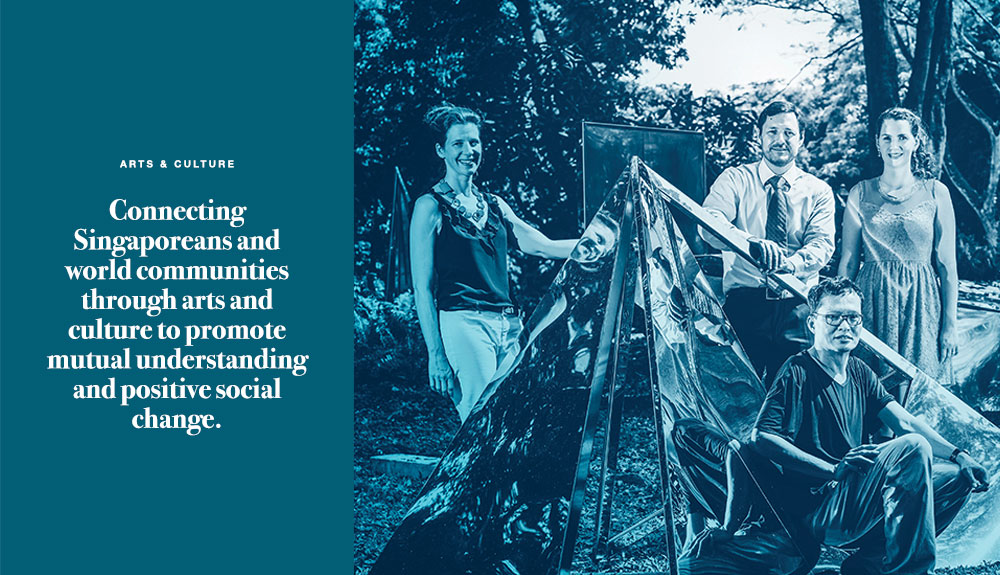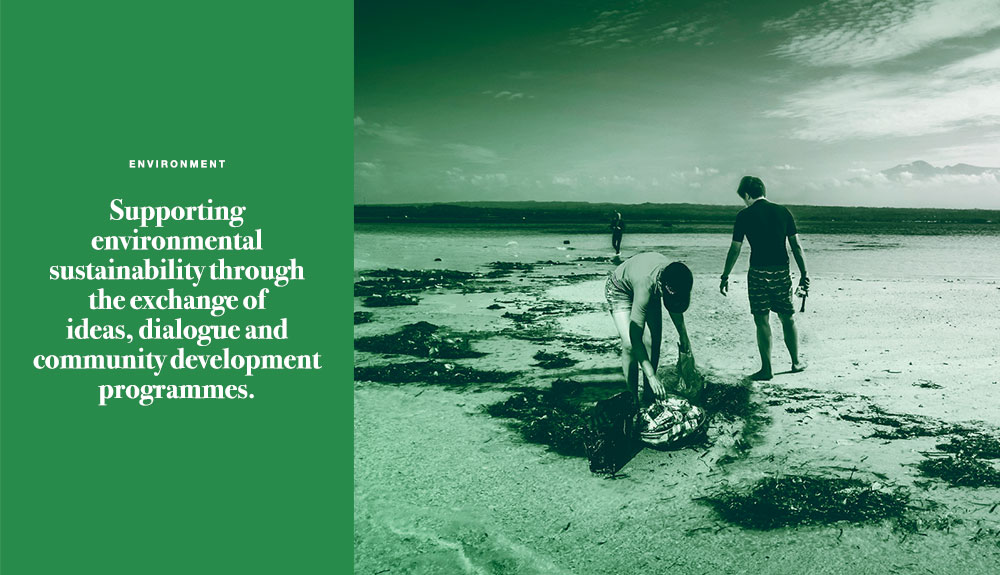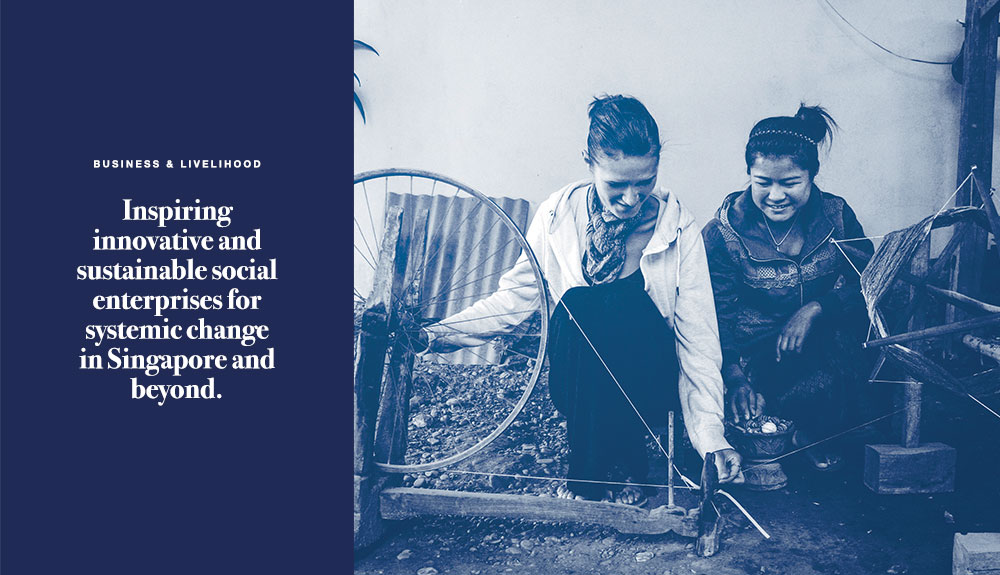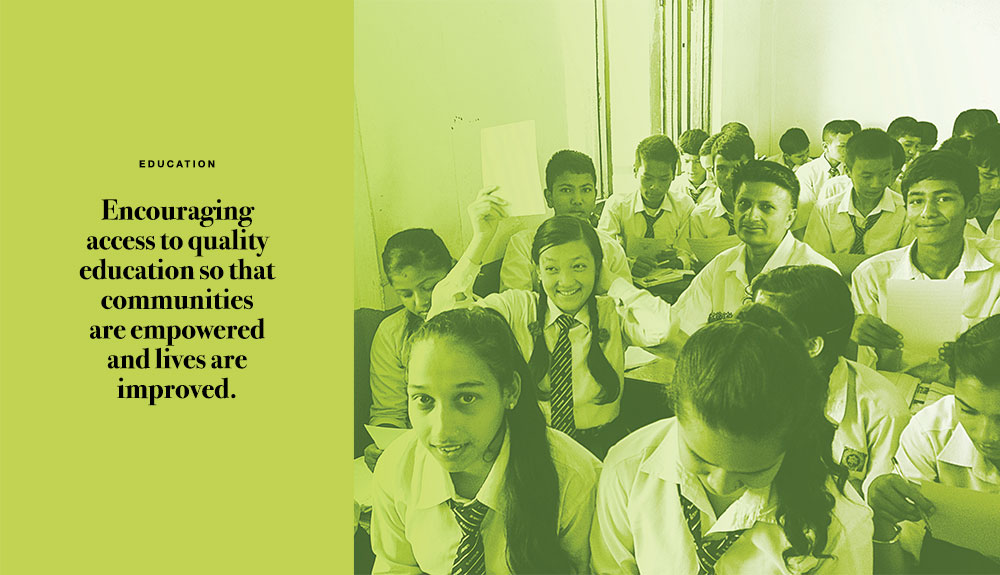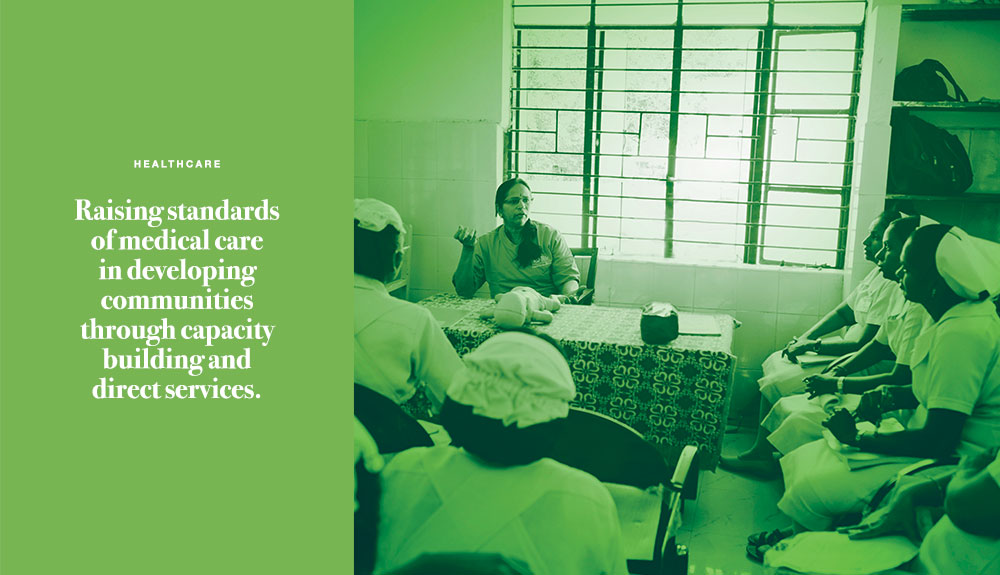
When Dr Wee Hong Ling began living in the Big Apple in 1992, she was well on her way to building a prestigious career in science. By 2000, she had become a research fellow with NASA and was studying for a doctorate in geography at Rutgers University. At the same time, she was also experimenting with pottery, a hobby she had picked up in New York. An American friend of hers had signed her up for a class and she had quickly grown to love the artform.
But things changed after the September 11 terrorist attacks in 2001. When hijackers flew passenger planes into the Twin towers of the World Trade Center, she was just 3km away. Says Dr Wee: “9/11 really was a wake-up call, especially for those who survived in New York City. I had to be really honest with myself, and it became clear to me that what I really wanted to do every day was to go to the studio to work with clay.”
She decided to follow her heart and become an artist, although the tenacious Singaporean also made it a point to complete her PhD at the same time.
The terrorist attacks also made her rethink her ties to Singapore. She says: “The first phone call I got on September 11 was from the Singapore Permanent Mission to the United Nations in New York. They called every Singaporean who lived in the metropolitan area to make sure we were all safe and sound. All of a sudden, I realised that there were people looking out for me – my people.”
Creating a sense of home in every piece
Dr Wee, 48, says that every single piece of art she has produced has been about the notion of “home”. “My work is about my longing for home,” she says. “No matter what I create, it is because I miss home and am thinking about it. I make things that re-create the experience of solace, security, community and tradition based upon memories.”
She also hopes her work sparks understanding between cultures, saying: “The average American would not have an idea of the real Singapore, especially the Singapore that I grew up in. They have the image of a really glamorous cityscape, with Marina Bay Sands.
Through my work, I hope to create a little window for people to look in and see this other nostalgic side to Singapore.”
Celebrating Singapore’s Golden Jubilee
In 2015, Singapore’s 50th year of independence, Dr Wee wanted to do something special to commemorate the milestone in New York.
After serious consideration – organising artists is like “herding cats”, she quips – she decided to curate a multidisciplinary arts festival featuring 50 Singaporean artists.
She says: “I couldn’t suppress the idea. We have made such tremendous progress, but what have we contributed to world culture? This was the ideal opportunity to bring a group of Singaporeans in various fields together to have a showcase.”
Called Something To Write Home About, the 11-day festival held in Manhattan featured creative work by artists across various disciplines, including theatre director Alvin Tan, writer Amanda Lee Koe and filmmaker Boo Junfeng. Dr Wee says: “Because the collective will be greater than the sum of its parts, why not come together to collaborate?”
Following the screening of a film about a young Singaporean’s anxiety of enlisting in National Service, an American audience member came up to her and told her he shared the exact sentiments when he joined the United States Army. Dr Wee says: “We can be of different nationalities, but we all have the same worries, anxieties and victories. We all belong to the same human race and humanity knows neither countries nor divisions.”
Collaborating between different cultures
Supported by the Singapore International Foundation, Something To Write Home About not only provided a focal point for homesick Singaporeans in the United States in the country’s Golden Jubilee year but also served as a cultural bridge between Singaporeans and Americans.
Half of the festival’s attendees were non-Singaporeans brought there by their Singaporean friends, colleagues or neighbours, observes Dr Wee. “Many of those who came in the beginning came back for more on other days. They would say they had no idea Singapore made short films or that we had such accomplished musicians, for example.”
The ripple effect has been felt beyond the event. Dr Wee says she knows of artists and musicians from the US and Singapore working together all because they found “common ground” when they attended Something To Write Home About. For instance, American filmmaker Samuel Stevenson-Yang has worked with another American filmmaker Tomson Tee on music videos for Singaporean musicians Eli Tyler and Tammy Ying.
Says Stevenson-Yang: “Something To Write Home About was my first exposure to the Singaporean arts scene. Tomson and I were filming a documentary on the festival, so I had the opportunity to meet and converse with many of the artists. Through them, I gained a deeper understanding of the idiosyncrasies of Singaporean art. It was fantastic.”
Understanding that people are the same
Dr Wee continues to fly the Singapore flag as a cultural ambassador. Up next is a solo exhibition in Nanjing, China, in a gallery that has selected her to be its first international artist. “The gallery is interested to show how ceramics can be presented in different ways. My work does not conform to the traditional way of representing Chinese ceramics; I don’t make fine porcelain stuff,” she says.
While her work may be firmly rooted in Singapore, Dr Wee hopes that people will take away with them a sense of universality, that “we are more similar than we are different”. After all, the themes of home, family and longing are familiar ones that draw people together. She says: “I believe that art is the shortest distance between two cultures. It helps people connect on a different dimension and helps us understand we are all alike.
“It is not hard to understand my work. I want it to create a better understanding between cultures and I want people who view the work to tell other people, so that a ripple effect is created to bring the world closer together.”

